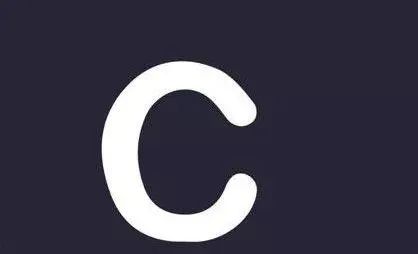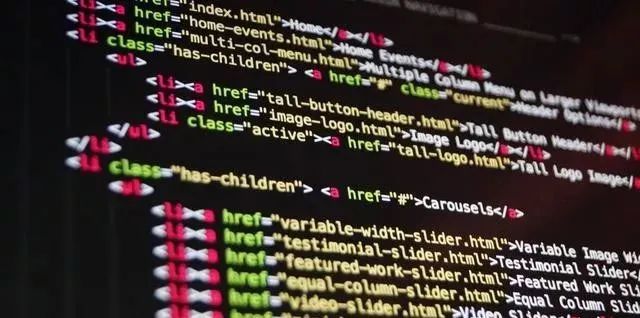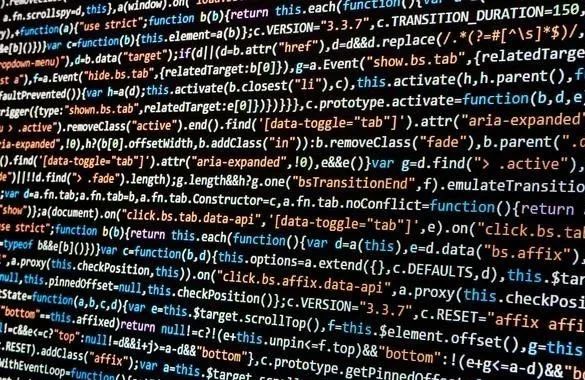
C Language Learning Suggestions:


0/0
00:00/01:24Progress bar, 0 percentPlay00:00/01:2401:24Full Screen Playback Speed 0.5x 0.75x 1.0x 1.5x 2.0x High Definition Smooth
Continue Watching
C Language Beginner Tips: Have You Seen Them?
Reposted, C Language Beginner Tips: Have You Seen Them?Yanjing University of Technology, School of InformationAdded to Top StoriesEnter comment Video Details
1. Students and teachers in automation/electronics-related majors
2. Engineers in the industrial control industry who need to use C language and have a foundation in PLC or other programming languages
3. People interested in C who want to self-learn or switch to the IT industry
1. Some basic programming knowledge, PLC programming foundation is sufficient
2. Some computer operation knowledge
Chapter 1: Complete a Simple C Language Program
1) Introduction to C Language
2) Introduction to Computer Languages
3) Software Installation
4) A Simple C Language Program 1
5) A Simple C Language Program 2
Chapter 2: Representation of Data Types
1) Variables and Constants
2) C Language Data Types
3) Operators and Type Conversion
4) Data Output
Chapter 3: Sequential Program Design
1) Conditional Statements
2) Multiple Conditional Judgments
3) Loop Commands
Chapter 4: Arrays
1) Concept and Use of Arrays
2) Concept and Use of Two-Dimensional Arrays
3) Character Arrays and Strings
4) Using String Handling Functions
Chapter 5: Functions
1) Defining and Calling Functions
2) Nested Functions and Recursion
3) Using Arrays as Function Parameters
4) Variable Lifespan
Chapter 6: A Brief Discussion on Pointers
1) Concept and Definition of Pointers and Using Pointer Variables
2) Pointer Variables as Function Parameters
3) Pointers and Arrays
4) Pointers and Strings
Chapter 7: Custom Data Types
1) Defining and Using Structure Variables
2) Arrays and Pointers of Structure Variables
3) Enumeration Types
Reposted from the internet